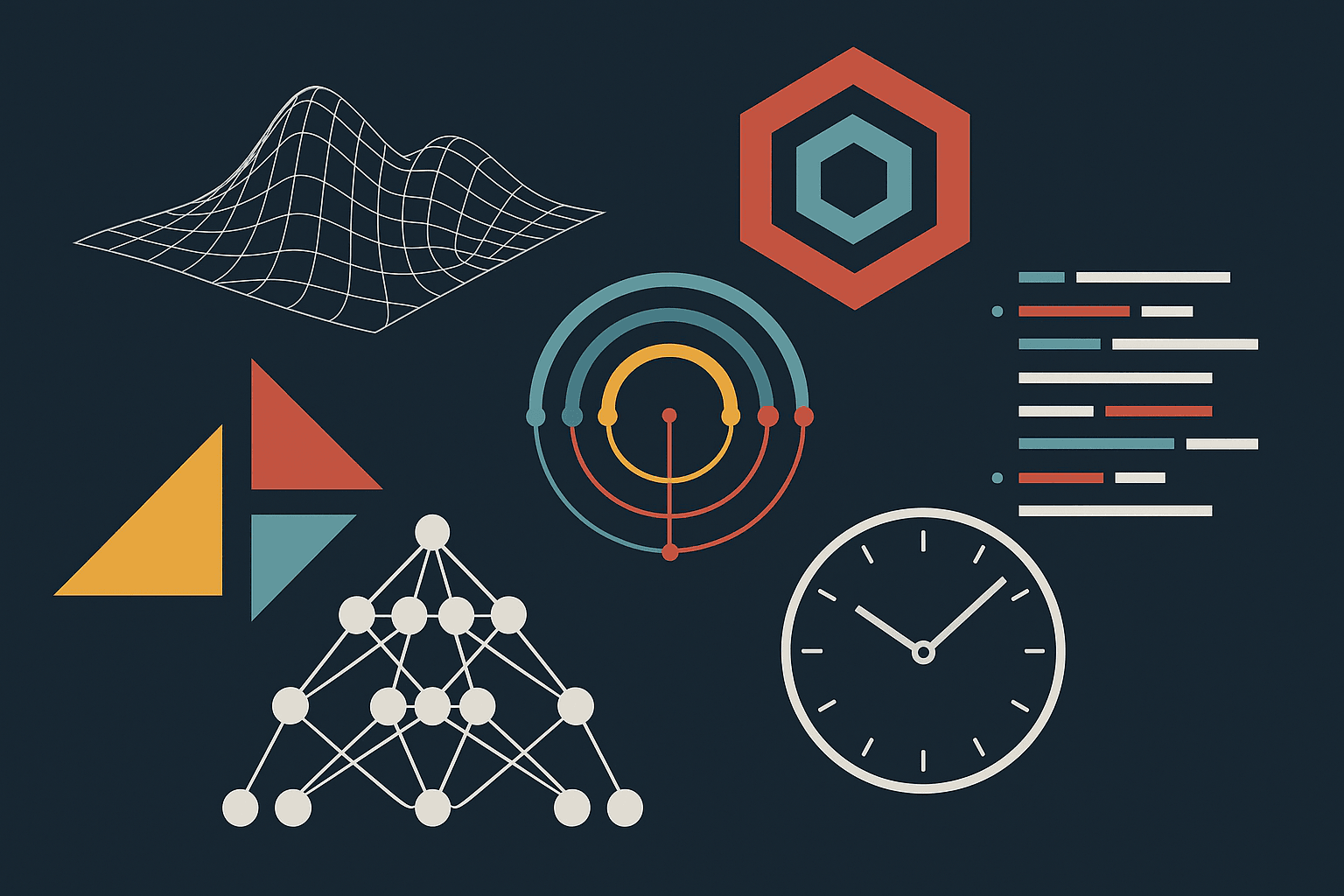
The Migration Tax: How Hidden Inefficiencies Are Draining Your Engineering Budget
The budget was approved. The project kickoff was a success. Your best engineers are on the task. Yet, weeks into your critical data migration, the whispers start. A timeline slips. An unexpected bug erases a day of work. The team seems more stressed, less energized. You start to feel that familiar, sinking feeling that the project is siphoning resources from your budget in ways you can't quite pinpoint.
You’re not imagining things. You’re paying the Migration Tax.
This isn't just about marginal risk; it's a statistical probability. Industry analysts at Gartner have found that a staggering 83% of data migration projects either fail completely or exceed their budgets and schedules. The problem is so pervasive that McKinsey reports large-scale IT projects, on average, run 14% over budget and are delivered 38% late.
These overruns aren't a single event. They are the result of a silent, multifaceted levy on your resources, your talent, and your strategic agility. This is the "Migration Tax," a collection of hidden costs that traditional project planning fails to account for. It’s time to stop paying it.
Deconstructing the "Migration Tax"
The true cost of a poorly executed migration manifests in four key areas. Each one compounds the others, creating a cascade of inefficiency that can cripple even the most well-intentioned projects.
1. The Labor Tax: The Staggering Cost of Manual Toil
Imagine paying a master architect to lay bricks. This is precisely what happens when you assign highly-skilled, high-cost engineers to manual migration tasks. The Labor Tax is the immense cost of repetitive data handling—extraction, cleaning, validation, and mapping—that could and should be automated.
Every hour an engineer spends manually wrangling CSV files, writing one-off validation scripts, or "swivel-chairing" between two interfaces is an hour they are not designing scalable systems, mentoring junior developers, or building features that drive revenue. You are paying a premium for inefficiency, and the opportunity cost is enormous.
2. The Error Tax: The High Price of Human Fallibility
Where there is manual process, there is human error. With manual data entry error rates reaching as high as 4%, the financial and reputational impact can be devastating. A misplaced decimal in a financial record, an incorrect customer address, or a mistyped product ID can have serious consequences.
Consider a migration of 10,000 critical records. A 4% error rate creates 400 potential data bombs. The cost of each error multiplies rapidly:
- Detection: Time spent hunting for the source of an anomaly.
- Diagnosis: Engineering cycles burned to trace the root cause.
- Correction: Manual effort to fix the data, often under pressure.
- Verification: Processes to ensure the fix was successful and didn't corrupt downstream data.
- Compliance Risk: In regulated industries, data errors can lead to hefty fines and audits.
This tax isn't just about cost; it's about the erosion of data integrity, the foundation of your business intelligence and customer trust.
3. The Productivity Tax: The Crippling Cost of Stalled Momentum
This tax is levied directly against your company's operational capacity and revenue. It appears in two insidious forms:
- Extended System Downtime: Every hour your systems are down for a cutover is an hour that sales cannot be made, customers cannot be served, and operations grind to a halt. The direct revenue loss during an extended or unplanned outage can easily dwarf the migration budget itself.
- Parallel Operations Drag: When a migration stalls, you are forced to run old and new systems in parallel. This "temporary" state often becomes a semi-permanent operational nightmare, creating a drag on the entire organization. It doubles the maintenance burden, creates complex data synchronization challenges, and forces teams to support a fragile architecture that consumes resources indefinitely.
4. The Burnout Tax: The Financial Impact of Human Frustration
Perhaps the most damaging tax of all is the one levied on your people. The tedious, soul-crushing work inherent in a manual migration is a primary driver of developer burnout. This is not just an HR issue; it is a direct threat to your product roadmap and your company's ability to innovate.
The Burnout Tax is paid through:
- High Employee Turnover: Replacing a burned-out engineer is expensive, costing up to 150% of their annual salary in recruitment, onboarding, and lost productivity.
- Loss of Institutional Knowledge: When a veteran engineer leaves in frustration, they take critical, undocumented knowledge of your systems with them.
- Decreased Innovation: A frustrated team is a disengaged team. They become risk-averse and focus on survival rather than creative problem-solving. Your culture of innovation withers.
From Tax Burden to Strategic Rebate
Recognizing the Migration Tax is the first step. The next is to shift your approach from paying it to eliminating it. This requires treating migration not as a one-off IT chore, but as a strategic, value-driven initiative deserving of modern tools and methodologies.
The solution lies in three core principles:
- Aggressive Automation: Automate every repeatable task, from data validation and transformation to testing and deployment. This directly reduces the Labor Tax and Error Tax.
- Deep Observability: Implement tooling that provides a single pane of glass for the entire migration process. Real-time dashboards that track data flow, validate integrity, and flag anomalies before they become critical issues are non-negotiable.
- Iterative, Test-Driven Approach: Move away from "big bang" cutovers. A modern approach involves migrating in smaller, manageable chunks that can be thoroughly tested and validated, drastically reducing the risk of extended downtime and the need for parallel systems.
By investing in a platform and process built on these principles, you turn the Migration Tax into a strategic rebate—freeing up budget, empowering your engineers, and accelerating your journey to a more modern, agile data architecture.

About Gaurav Batra
Curious by nature. Trying to understand uncertainity and risk. Likes to read and pick up high level concepts in multiple disciplines.
Related Posts
View all postsData engineering involves designing systems to collect, store, and analyze data efficiently.
By utilizing a demand forecast, businesses can analyze past trends and patterns to anticipate future demand, optimize production planning, and make strategic decisions.
Understanding the different types of cloud computing service models is essential for businesses looking to build comprehensive data practices.
Warm pools eliminate most cold starts; autoscaling is token-aware. Sub-300 ms p95 is theoretically achievable for short prompts on Gemma 2B with a warm replica.
Nested Learning treats models as several coupled optimization problems that run at different speeds (“levels”).




